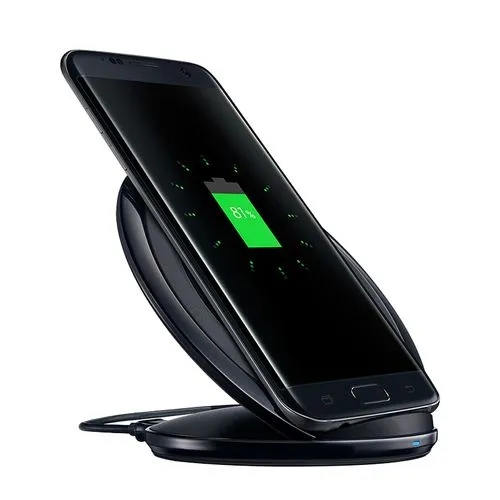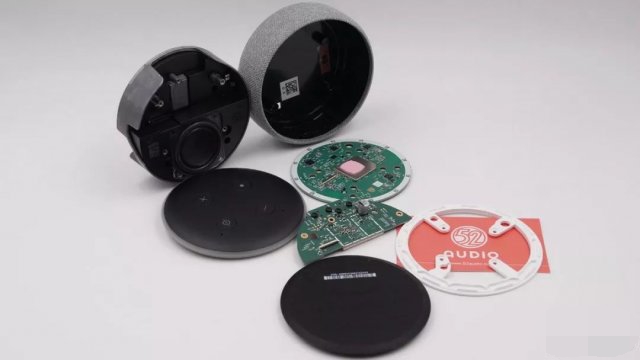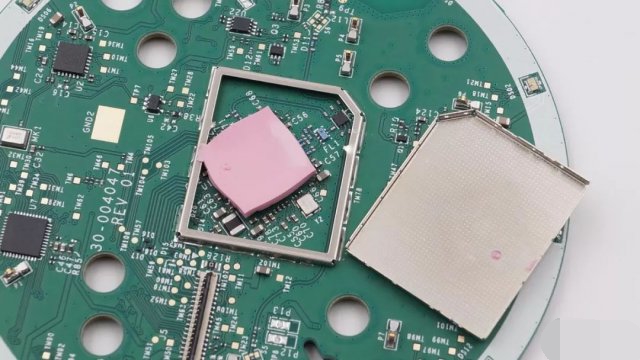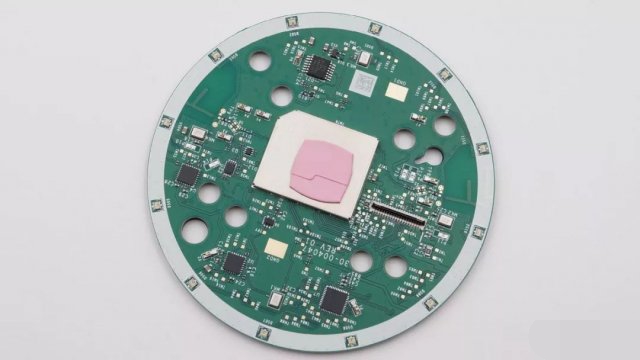Wireless charging technology is derived from wireless power transmission technology, which means that the device does not need to rely on electrical wires, and uses the principle of electromagnetic wave induction, electromagnetic wave resonance or other technologies that use magnetic fields as a bridge to transmit power. A technology that uses corresponding equipment to send and receive AC signals for charging.

The application of wireless charging technology in the consumer electronics market has also been in the first few years. With the leading manufacturers such as Apple and Samsung in the industry to promote wireless charging applications, the wireless charging of smartphones is expected to be fully rolled out. In addition, the use scenarios of wireless charging are not limited to low- and medium-power applications such as mobile phones, wearables, tablets, and notebook computers. Has a broad market space.

By disassembling the wireless charger, it is not difficult to find that the wireless fast charger uses a thermally conductive silicone sheet for heat dissipation. The place where the chip is concentrated is the place where the heat is most concentrated, so the thermal conduction sheet is needed for heat conduction and protection.

In addition to the thermally conductive silicone sheet, a thermally conductive gel is also used on the metal plate, and the thermally conductive gel transfers the heat of the metal plate to the casing.


